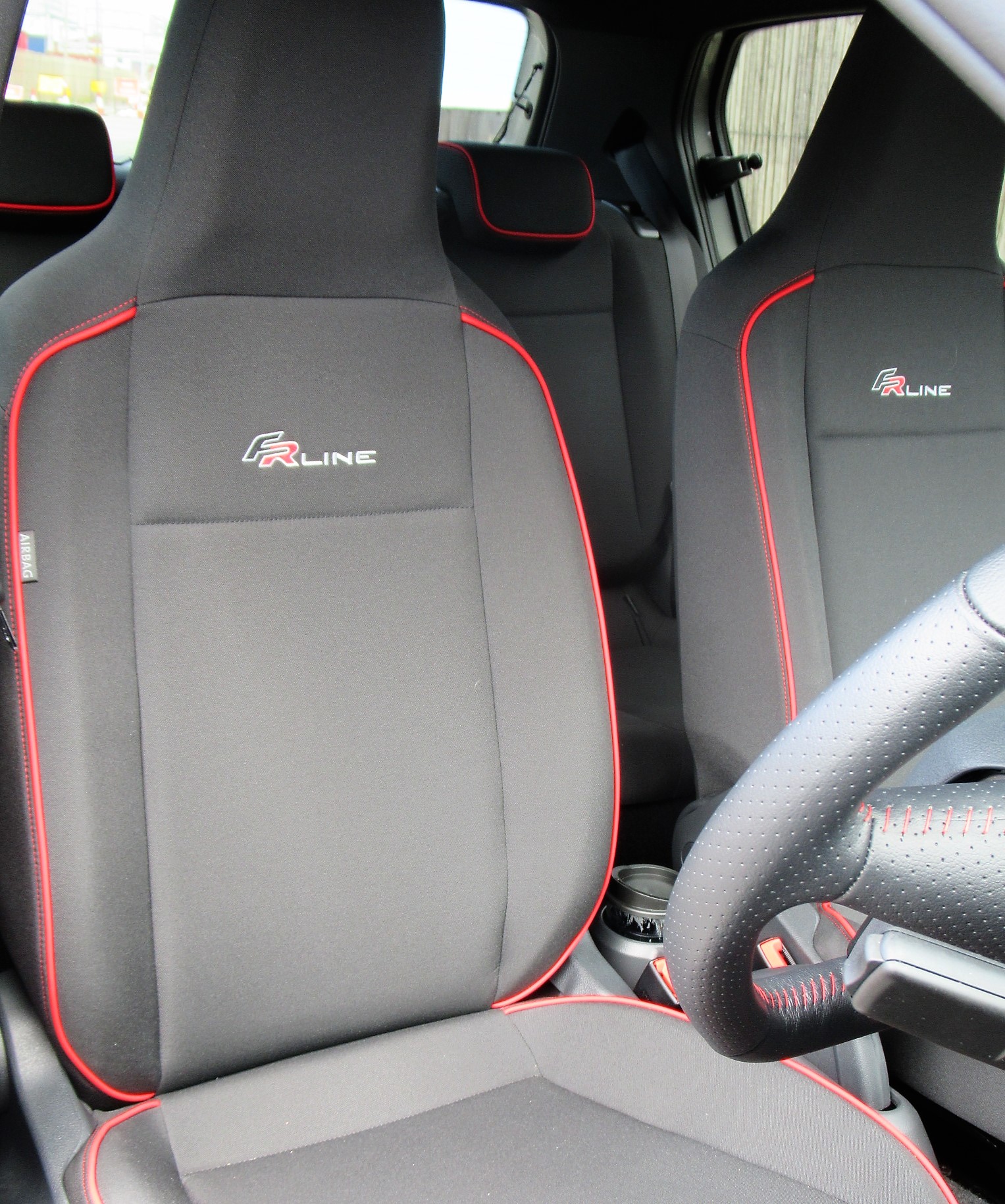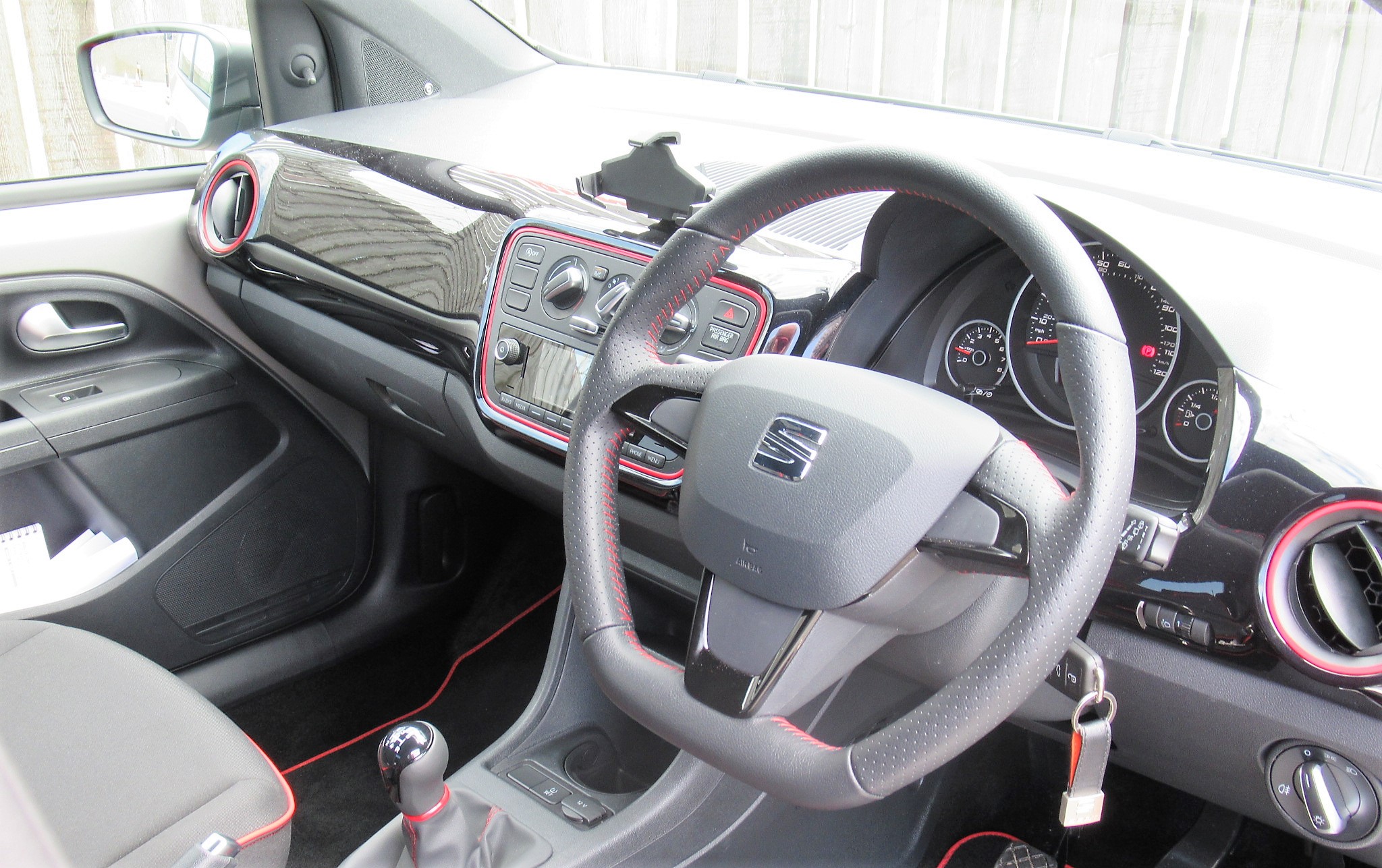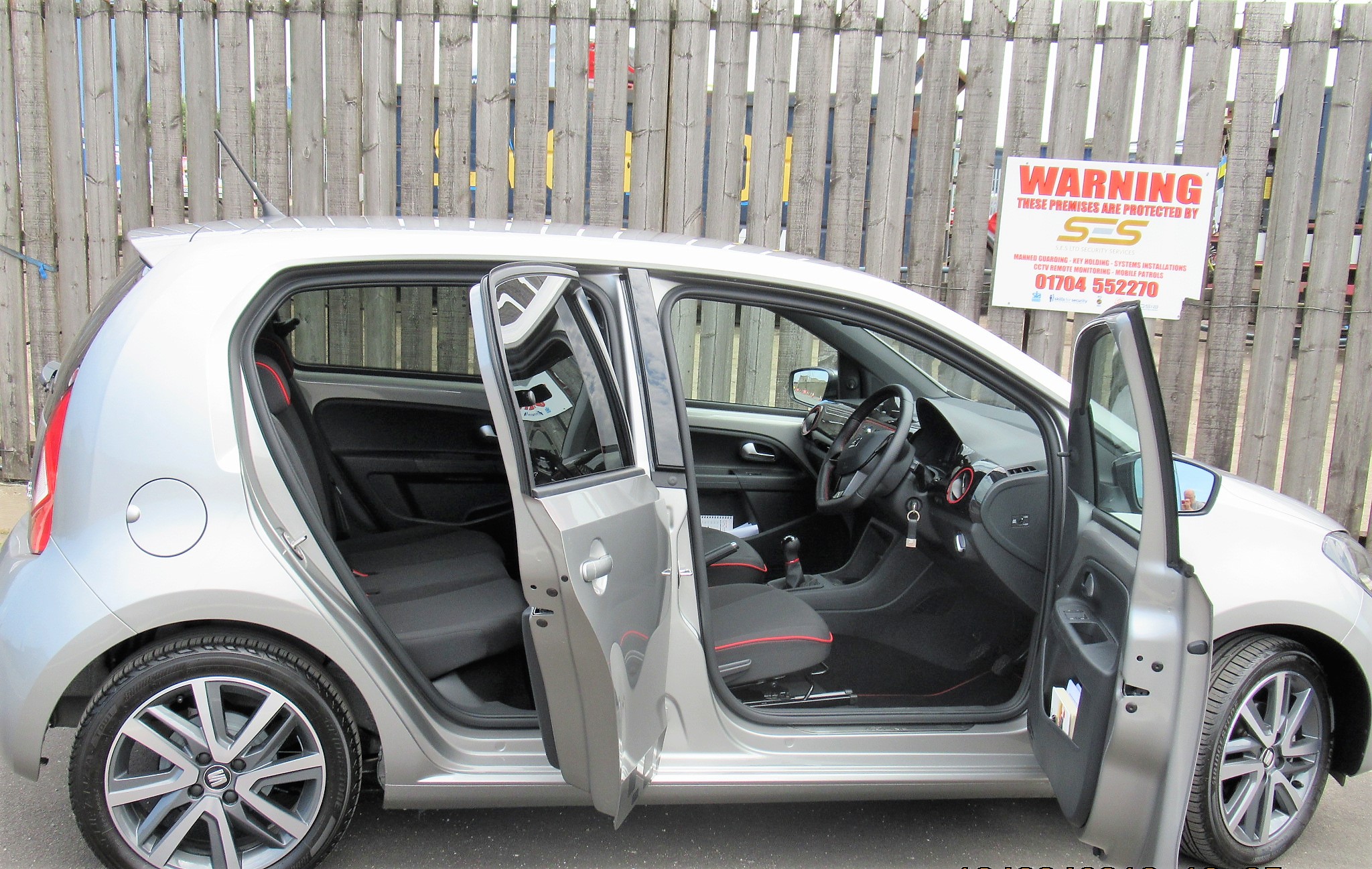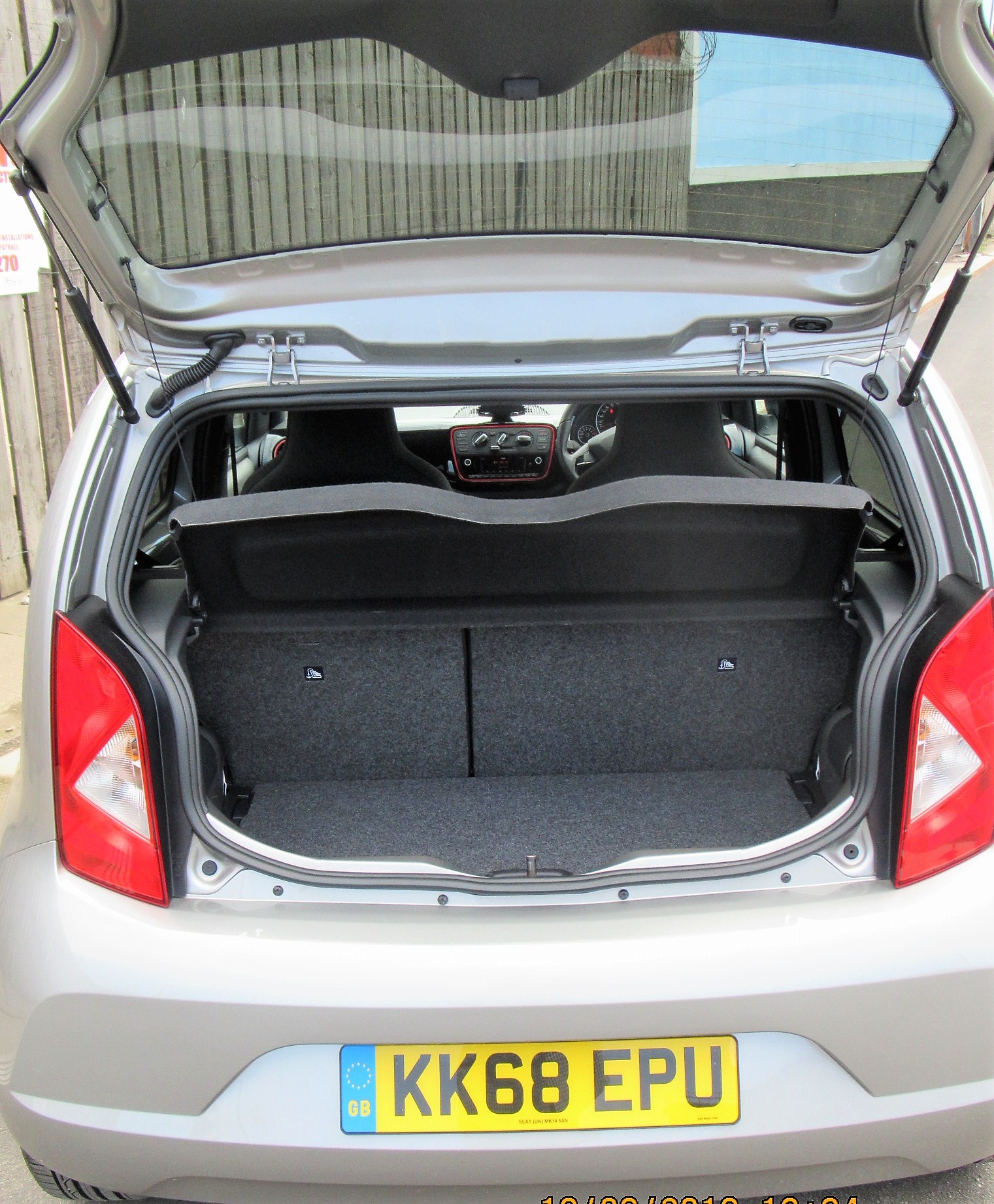When development commenced in 2007 on this generational concept, the ‘up-Mii-Citigo’ was destined to be rear-engined, which would have turned a few heads for sure. Fortunately, as a Group project, a front-engine, front-wheel drive, built in Brataslava reality was decided upon. While the VW version would always be the ‘premium’ choice, in 2013, I opted for the Skoda Citigo variant for personal transportation. It served faultlessly for three years.
Had the Seat Mii been available in the sportier FR trim (at the time), I would have acquired it instead. While the project is a fine example of badge-engineering in its most modern form and a choice of 57, or 72bhp, 1.0-litre, naturally-aspirated three-cylinder engines remain core to it (punchier turbocharged alternatives are already applied to VW’s line-up), the combination of an achingly conservative design, fantastic space utilisation and compact exterior dimensions is compelling.

Had smart not already coined the brand definition, the Mii could easily have been regarded as the smartest in all respects. No frills motoring is the key message and, with plenty of glossy metal interior surfaces, good quality but unrelentingly hard plastics, and seats that are accommodating and comfortable, the Mii is more powered office chair than tidgey town car. Yet, it lacks nothing on the equipment front, with the customary cluster of electronic driver aids, a decent stereo system, air-con, power steering and, with due deference to its FR sporting tag, plenty of red stitching, 72bhp and a perforated leather-wrapped, flat-bottomed steering wheel.

Priced (pre-discount) at £12,425 (before a modest selection of accessories, such as sat-nav and on-board computer are factored-in), it benefits from a solid repute and good trade-in valuations. It is also one of the wieldiest of small cars sold today, possessing quick, responsive steering and a tight turning circle, which is perfect for city centre manoeuvres. Yet, it delivers an almost indecent turn of speed, topping-out just shy of 110mph, after despatching the 0-60mph sprint in a mere 13.2s, while returning 51.4mpg and emitting a tax-friendly 97g/km CO2 (under the current WLTP rules).

The FR pack lowers the suspension by a few millimetres and benefits from stiffer damper responses. Fortunately, unlike some puddle-jumpers, the slightly beefed-up suspenders do not ruin the ride quality too tragically and introduce greater roll resistance, while also enhancing the Mii’s higher speed stability.

Although the boot is dimensionally small, it is of a practical shape and depth and can be extended by flopping forwards the rear seat backs. There is no ceremony here; it is all simple and practical and, in five-door test form, is accessible for rear seat passengers too. The driving position is upright but roomy even for a 6’ 6” tall driver like me. Solidly built, rattle and creak-free, even on the worst of British road surfaces, the Seat Mii gives a great account of its myriad capabilities.